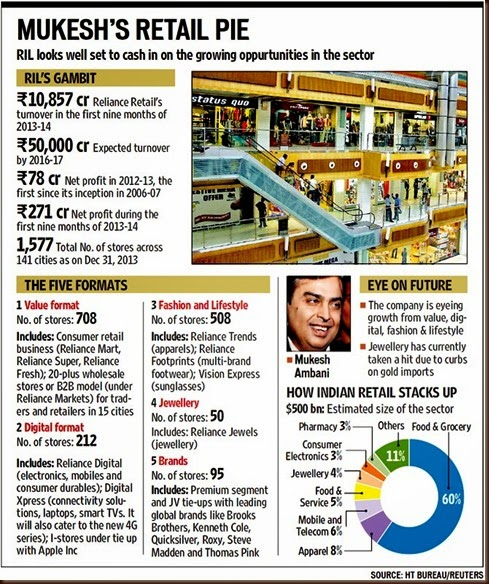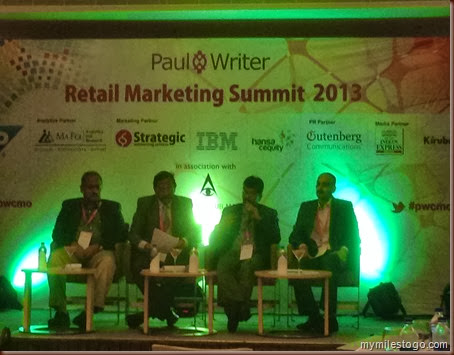The term “Happy Hours’ is better known for a “Buy One. Get One Drink Free” at most bars and restaurants all across the world. F&B Retailers have for long used this to lure customers to trickle in to their premises during the lean times, which is typically between 3pm – 8pm and Happy Hours are usually between 5pm – 8pm. While the margins on alcoholic beverages are quite high, say 200 – 500% on Sales, Restaurateurs forego some of it to get customers and utilize the time well and also hope that these customers would continue much after the Happy Hours are over. Also, consumption of food during the course of having a peg or a mug is quite high and hence they make money on it as well. I remember, a tony Restobar on Church Street in Bangalore offerred a group of 8 of us Happy HOurs even after 8pm, knowing fully well that the business that would arise out of our total consumption is well worth it.
What is new, is that e-commerce companies are now promoting their “Happy Hours” to lure shoppers to buy online during the so called “lean hours”. What is interesting is that the business on the web is busy only during a few hours in the day. As you would guess, it is during the day time, and between lunch and evening. The reasons for this kind of hectic activity is as follows;
Broadband Speed
Most (online) shoppers’ households still do not have the kind of internet speed that’s available at their respective offices. The Airtels and BSNLs of the world do not offer seamless connectivity that the IT Managers in small and large companies work relentlessly to ensure connectivity all the time for business purposes. And therefore consumers prefer to shop online during office hours. Incidentally, IRCTC sees hectic activity between 9am – 11am, especially for tatkal bookings.
Secure Access
Home internet is certainly not as safe and secure for making online transactions, and is vulnerable for hacking, especially by fraudsters who are constantly monitoring those who are shopping online. So, online shoppers tend to believe that office internet is much safer and is hack-proof, although it is indeed a misnomer
Delivery
Many youngsters live away from their families these days, mainly owing to work and do not have a permanent address. Some others do not have anyone to collect the goods being delivered, especially if they as COD – Cash on Delivery products. Hence it makes sense to get them delivered at their office making it more convenient.
Boredom
Over the past decade, the internet has been an important leveler to kill boredom. During the initial days, it was just about reading (Internet 1.0) where one could only transact one way. Then came the years when Google started invading our lives with various products, Youtube being a very important one. Social networking has seen hectic parleys over the years including Facebook, Twitter, Pinterest and so on. Online Shopping is a mere extension. People shop online, from grocery to gadgets, tickets to gifts, just to kill their boredom. Also, long office hours (during the week) and travel to hometown (over weekends) doesn’t allow many to shop at High Streets and Malls.
Desktop / Laptop
While mCommerce or shopping on the Apple or Android smartphones is becoming common, shoppers still prefer to see the products on a wider screen such as Desktops and Laptops as it gives them a better view of the products. Also, the reliability of 2G/3G connections is much lower than on wifi/broadband services.
I read this recently on the web;
“If I want to find something, I will Google it. If I want to buy something, I will Amazon it.”
Very powerful statement.
Amazon India recently launched a campaign to encourage shoppers to shop online during the evening hours, promising them best deals in town. I guess more and more etailers would follow this trend shortly. "Working hour visits are the highest—there's a spike around lunch time and evening and dies out at night," said Sandeep Komaravelly, vicepresident, marketing, Snapdeal.com told in a recent interview to The Economic Times. "Besides, weekdays are busy for shopping online, while weekend traffic drops by 10-12 per cent, particularly on long weekends like this one." Hasbro Clothing, the parent company of basicslife.com runs 100 exclusive offline stores and also retails via 800 multibrand outlets. "Office net connectivity is much faster than at home, prompting quick purchases at work," said Sriram Ravi, head, digital marketing, Hasbro Clothing. "We get 20 per cent daily orders around lunch time and marked increase during office closing hours. People are done with the day's work and use the last hour to browse and buy from shopping sites, while on weekends, sales in retail outlets are higher." Average time spent in buying boxers or handbags or shoes online is five to 10 minutes and these are typically repeat buyers, familiar with a site and knowing what they want.Same-day delivery options are also pushing buyers to shop during office hours. For example, eBay India offers nine-hour delivery, but for this, orders have to be placed by noon. At Amazon, orders have to be placed by 10 am to qualify for sameday delivery according to The Economic Times.
Honestly, there is no good time to shop. Anytime is a good time, from the view point of Retailers. It’s just a matter of time that Offline Retailers would also start offerring discounts during lean hours, a practice started by United Colours of Benneton many years ago. For now, check out the web for special deals. If you reading this later in the evening, you may be in for a surprise! Happy Shopping…






